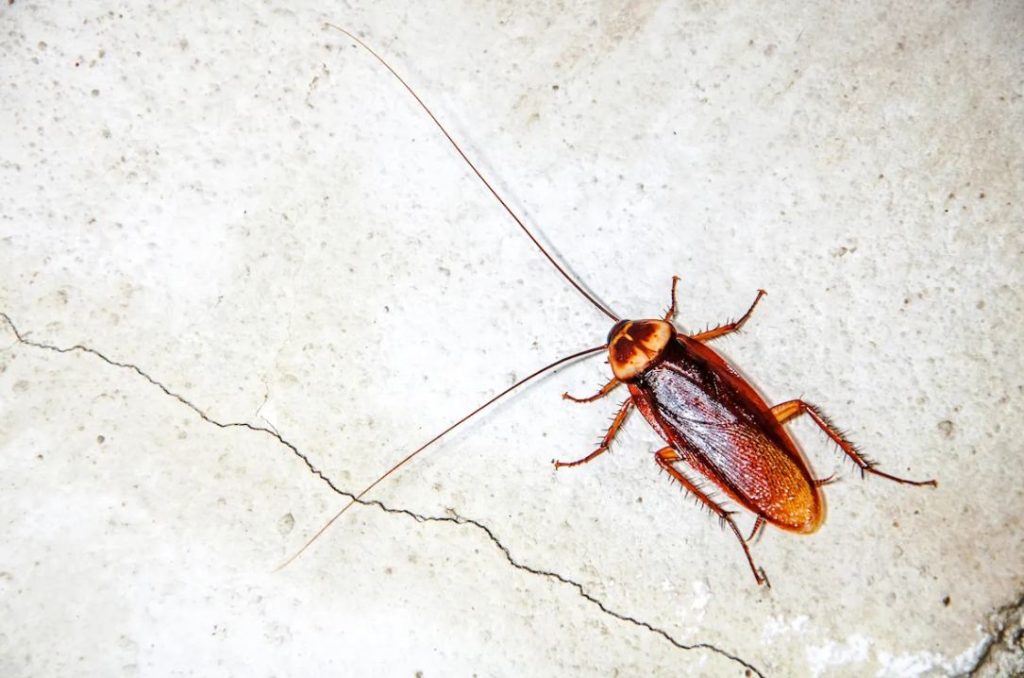Bathrooms are perfect havens for insects. The combination of moisture, warmth, and abundant hiding places makes them an irresistible home for many pests. Understanding what types of bugs you might encounter—and knowing how to prevent them—can help you maintain a cleaner, more comfortable bathroom environment. Here’s a closer look at the ten most common bathroom bugs and what you can do about them.
Silverfish: Shiny, Slippery Intruders
Silverfish are small, wingless insects known for their metallic appearance and fish-like movements. These creatures love humidity and often snack on starchy materials such as paper, wallpaper glue, or even shampoo residue. To discourage silverfish, keep the bathroom dry by running an exhaust fan during and after showers. Repair any leaky pipes, and remove clutter such as damp cardboard or piles of old magazines where they might hide. Sealing gaps around baseboards and pipes can also reduce their hiding spots.
Cockroaches: The Ultimate Survivors
Cockroaches can turn up in your bathroom searching for moisture and food. Soap scum, toothpaste residue, and even stray hairs can provide enough sustenance for these hardy pests. Prevent their invasion by keeping surfaces dry, promptly fixing leaks, and sealing cracks around windows, doors, and plumbing. If you already see cockroaches, use bait stations or gel traps placed under sinks and around drains where they are most active. Regular, thorough cleaning can greatly diminish their appeal to your bathroom.

Drain Flies: Tiny Fuzzy Nuisances
Drain flies, also known as moth flies, are small, dark-winged insects that hover around sinks, bathtubs, and drains. They breed in the organic sludge lining the inside of pipes. To eliminate them, scrub your drains with a stiff brush and rinse them with boiling water or an enzymatic cleaner. Regularly cleaning and drying surfaces around sinks and tubs will discourage these pests from making your bathroom their breeding ground.
Spiders: Unwanted Hunters
While spiders aren’t technically insects, they often find their way into bathrooms hunting other bugs. Though beneficial for pest control, many people prefer not to encounter them. You can discourage spiders by dusting and vacuuming regularly, paying special attention to corners and under sinks. Essential oils like peppermint or citrus, lightly sprayed in corners, can also help repel them naturally.
Ants: The Persistent Foragers
Ants can invade bathrooms when they are searching for water or sugary substances from hair products and lotions. Seal cracks and crevices around windows and plumbing fixtures to block their entry. Also, store personal care products properly and wipe down counters and floors to eliminate food residues that might attract them. If ant trails persist, try placing ant baits near their point of entry but out of reach of pets and children.
Earwigs: The Nighttime Wanderers
Recognizable by the pincers at the end of their abdomens, earwigs seek out damp, dark places. A humid bathroom provides an ideal hiding spot. Reduce humidity with a dehumidifier or ventilation fan, and wipe up puddles or spills immediately. Inspect and seal any gaps, especially near exterior walls, to keep these nocturnal wanderers outside where they belong.
Centipedes: Speedy Predators
Centipedes are fast-moving, many-legged hunters that feed on smaller bathroom pests like silverfish and spiders. They thrive in moist environments, so reducing humidity is key to keeping them at bay. Use exhaust fans during showers and seal gaps around plumbing and baseboards. While centipedes can be helpful in controlling other bugs, their startling appearance often makes them unwelcome guests.
Psocids (Booklice): Mold Feeders
Tiny psocids, or booklice, feed on mold and mildew. Poor ventilation can lead to the damp conditions they favor. Keeping the bathroom well-aired by opening windows or using fans, and regularly cleaning mold-prone areas with disinfectant can greatly reduce psocid populations. If you find persistent mold, consider addressing underlying moisture problems, such as hidden leaks.
Pill Bugs (Roly-Polies): Unexpected Visitors
Pill bugs, or roly-polies, usually live outside but may wander indoors in search of moist environments. Bathrooms with persistent dampness are perfect for them. To prevent their entrance, repair any leaks, dry wet surfaces promptly, and seal exterior doors and window gaps. While pill bugs are not harmful, their presence indoors indicates too much moisture.
Springtails: Tiny Jumpers
Springtails are minuscule insects that thrive in damp environments. They feed on mold, algae, and organic matter and can sometimes be seen jumping around sinks or tubs. Keeping the bathroom dry and clean is the best defense. Clean shower curtains, bath mats, and around drains regularly, and ventilate the bathroom well after use to make it less hospitable for springtails.

Final Tips for a Bug-Free Bathroom
Maintaining a bug-free bathroom is mostly about controlling moisture and cleanliness. Regular cleaning routines, proper ventilation, and sealing entry points are crucial. Always repair leaks promptly and avoid leaving wet towels or damp mats on the floor. By making your bathroom less welcoming to pests, you’ll create a much more pleasant and hygienic space for yourself and your family.

















